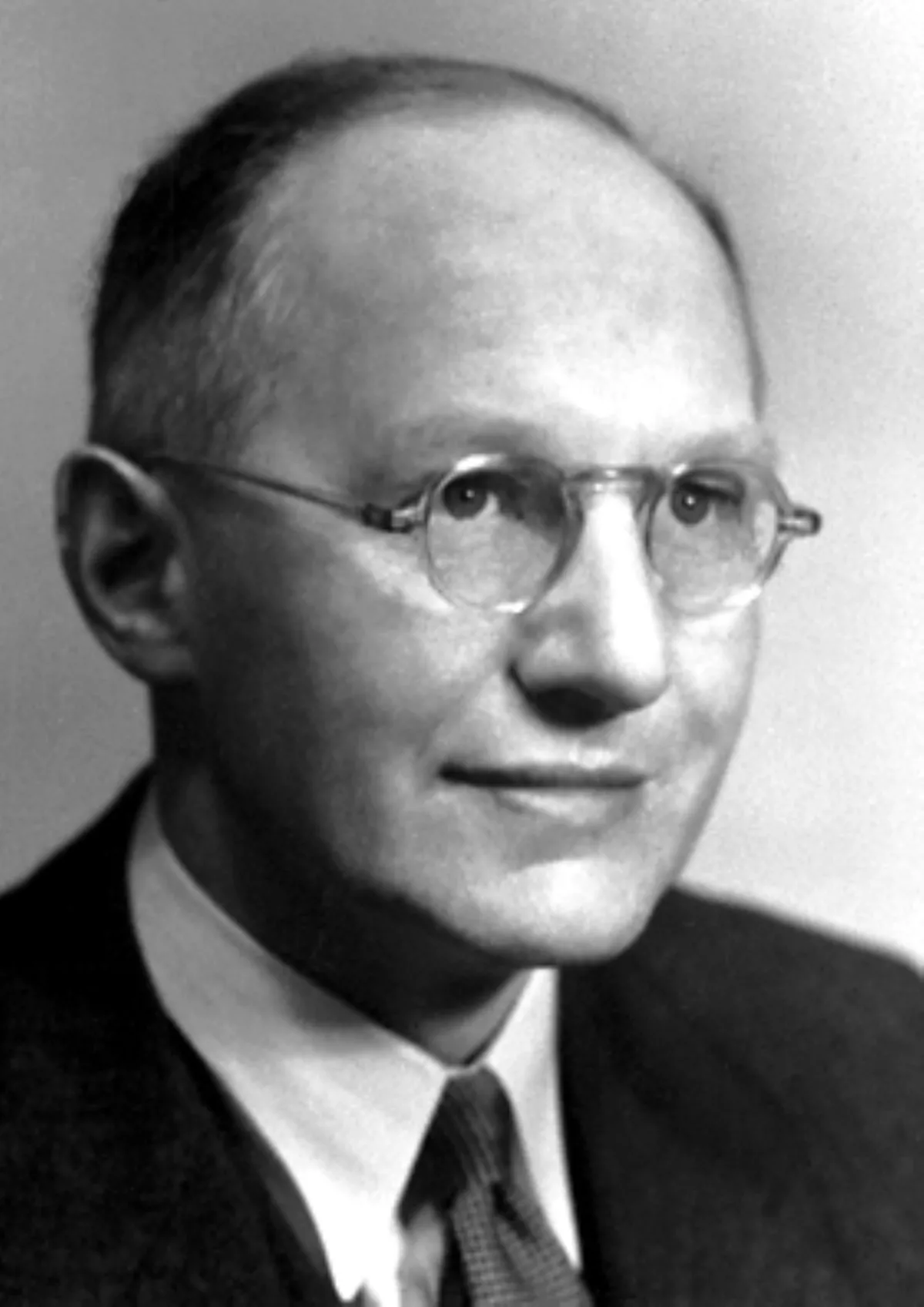 1.
1. Ernest Thomas Sinton Walton was an Irish nuclear physicist who shared the 1951 Nobel Prize in Physics with John Cockcroft "for their pioneer work on the transmutation of atomic nuclei by artificially accelerated atomic particles".

 1.
1. Ernest Thomas Sinton Walton was an Irish nuclear physicist who shared the 1951 Nobel Prize in Physics with John Cockcroft "for their pioneer work on the transmutation of atomic nuclei by artificially accelerated atomic particles".
Ernest Walton was born in Abbeyside, Dungarvan, County Waterford, to a Methodist minister father, the Rev John Walton, who was from Cloughjordan in County Tipperary, and his wife, Anna Sinton, who was from Richhill in County Armagh.
In those days a general clergyman's family moved once every three years, and this practice carried Ernest and his family, while he was a small child, to Rathkeale, County Limerick, and to County Monaghan.
Ernest Walton attended day schools in counties Down and Tyrone, and at Wesley College Dublin before becoming a boarder at Methodist College Belfast in 1915, where he excelled in science and mathematics.
In 1922, Ernest Walton won scholarships to Trinity College Dublin for the study of mathematics and science, and would go on to be elected a Foundation Scholar in 1924.
Ernest Walton was awarded bachelor's and master's degrees from Trinity in 1926 and 1927, respectively.
Ernest Walton was awarded his PhD in 1931 and remained at Cambridge as a researcher until 1934.
Ernest Walton returned to Ireland in 1934 to become a fellow of Trinity College Dublin in the physics department, and in 1946 was appointed Erasmus Smith's Professor of Natural and Experimental Philosophy.
Ernest Walton's lecturing was considered outstanding as he had the ability to present complicated matters in simple and easy-to-understand terms.
Ernest Walton was associated with the Dublin Institute for Advanced Studies for over 40 years, where he served long periods on the board of the School of Cosmic Physics and on the council of the Institute.
Ernest Walton died in Belfast on 25 June 1995, aged 91.
Ernest Walton married Winifred Wilson, a Methodist minister's daughter, in 1934.
Ernest Walton served on a committee of Wesley College, Dublin.
Ernest Walton gave lectures about the relationship of science and religion in several countries after he won the Nobel Prize, and he encouraged the progress of science as a way to know more about God.
Ernest Walton held an interest in topics about the government and the Church, and after his death, the organisation Christians in Science Ireland established the Ernest Walton Lectures on Science and Religion.
In 1935, Ernest Walton was elected a member of the Royal Irish Academy.